We all know that motivation plays an essential role in workplace productivity. Even in the most employee-friendly businesses, people need a little extra motivation to really excel. But are you utilizing the power of motivation to its full potential? In this article, we’ll examine how motivation can truly jump-start your growth and help you achieve incredible results in the workplace. By harnessing the individual power of motivation, you can create higher engagement, increased productivity, and better job performance.
Table of Contents:
1. The Benefits of Motivation
2. Understanding Human Motivation
3. Harnessing the Power of Motivation
4. Different Types of Motivation
5. Implementing Your Motivational Strategies
1. The Benefits of Motivation
Motivation is key to unlocking potential and achieving remarkable results in the workplace. It helps individuals define goals for themselves and encourages creativity and innovation. Through the continuous use of motivational tools and tactics, you will gain greater engagement from your workforce, improved productivity, and increased job stability from your employees. Finding motivation from within is essential for success, and this is where workplace motivation plays a vital role.
2. Understanding Human Motivation
Having a clear understanding of the motivations of your workforce is essential for establishing a successful workplace environment. Individual motivations will vary from person to person, depending on their goals, environment, desires, and aspirations. Some common motivations could be recognition or rewards, relationships or belonging, autonomy or independence, and personal growth or development.
3. Harnessing the Power of Motivation
It is important to recognize that motivation is only effective if it is being properly harnessed and utilized. This means understanding the source or cause of your employee’s motivation and actively engaging in strategies to promote, motivate, and retain them. There are a variety of approaches, such as offering flexible working hours, providing recognition, or creating clear incentives and goal-setting.
4. Different Types of Motivation
There are two main categories of motivation: intrinsic and extrinsic. Intrinsic motivation is more internal, from within an individual, and can be spurred by feelings of satisfaction, personal achievement, and sense of purpose. Extrinsic motivation is external and can come from rewards, recognition, praise, and other rewards. Both are equally effective when it comes to motivating individuals in the workplace.
5. Implementing Your Motivational Strategies
Once you have a better understanding of the different types of motivations, it’s time to start implementing your motivational strategies. Start by having a one-on-one discussion with each of your employees to determine their individual goals and personal motivations. Once you have identified their individual motivations, you can start to develop strategies to help them achieve their goals and further motivate them. These could be in the form of rewards, recognition, career development opportunities, and more.
Finally, be sure to evaluate and monitor the effectiveness of your strategies. Regularly check in on each employee’s progress and their overall motivation level to ensure they are on board and the strategies are working. With the successful implementation of motivational tactics, you will soon start to see the rewards in the form of improved performance and increased engagement in the workplace.


